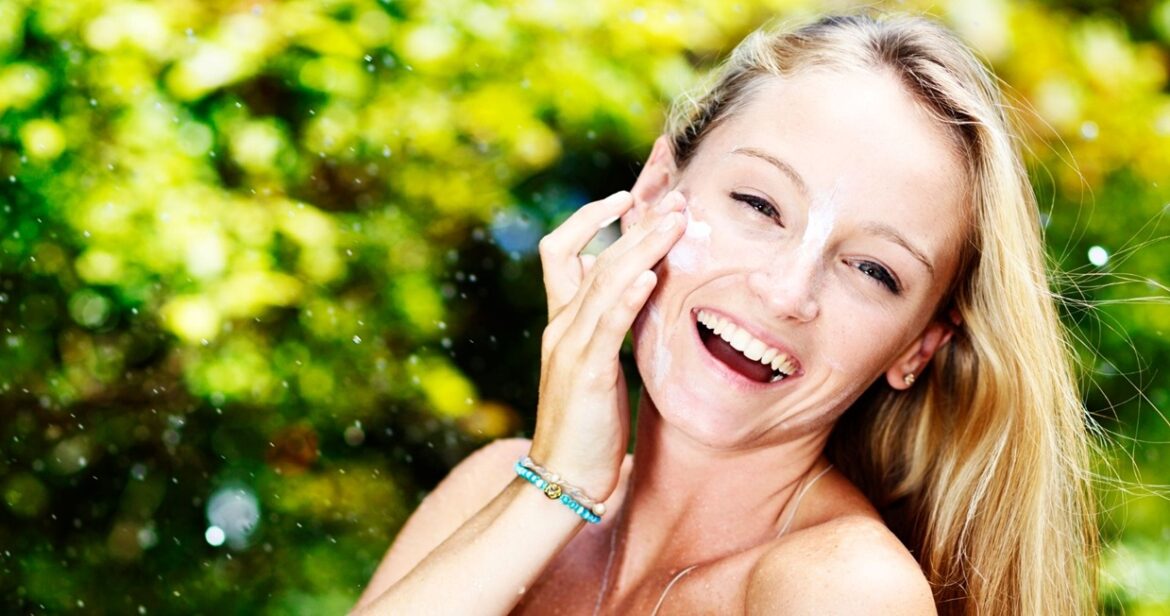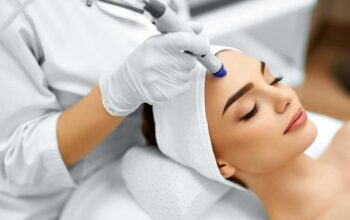We all know that sunscreen is important to protect our skin from the sun, but it can be hard to find the right one for your needs. There are so many options out there and they have different ingredients, levels of protection, etc. The best thing you can do is research what’s available and decide which option suits you best! This blog post will tell you how to find the perfect sunscreen for your needs!
What is sunscreen and what does it do?
Sunscreen is a product that absorbs, reflects, or filters UV light and protects the skin from sun damage. Sunscreen can be in the form of creams, lotions, gels/serums, sprays, and lip balm. Most sunscreens block two forms of ultraviolet radiation: UVA and UVB.
Types of sunscreens, including chemical vs physical
Sunscreen ingredients work in one or both of two ways. Some protect your skin by absorbing UV rays. Others reflect the sun’s harmful UV rays away from your skin. When shopping for sunscreen, keep in mind that there are both chemical and physical blocks on the market. Chemical blocks tend to be absorbed into the skin, while physical blocks sit on top of it.
How to apply sunscreen (including tips for reapplication)
To apply sunscreen, first, shake or stir the bottle to mix ingredients. You can apply it after your daily moisturizer if you’re planning on being out for a short time. If you’ll be outside all day, however, you may want to put some on under your makeup. Sunscreen should be applied about 30 minutes before going into direct sunlight and should be reapplied every two hours, or after swimming or sweating. Remember to cover all exposed skin and apply enough all over your body – about an ounce (a shot-glass size) for a full-body application is recommended.
Learn more: how to apply sunscreen on face.
Factors to consider while purchasing sunscreen
1. Skin type:
The amount of sun protection you need depends on your skin type. The American Academy of Dermatology (AAD) says that people with very fair skin, freckles and ruddy skin need the highest level of protection to prevent skin cancer and premature aging caused by too much sun exposure.
2. SPF value:
When buying sunscreen, people often focus on the SPF (sun protection factor) value. An SPF of 15 to 30 is recommended by the AAD because it blocks 93 percent of UVB rays. To protect yourself against premature aging and skin cancer, you want an SPF higher than 30; in fact, some dermatologists recommend SP Fs up to 50.
3. Sunscreen ingredients:
Chemical sunscreen:
Chemical sunscreens contain organic (carbon-based) compounds that absorb ultraviolet radiation and convert it into a small amount of heat. According to the FDA, chemical sunscreens typically contain one or more active ingredients including avobenzone, ecamsule, homosalate, meradimate, octisalate, octocrylene, oxybenzone and sulisobenzone
Physical sunscreen:
Physical sunblock’s contain inorganic (titanium- or zinc-based) compounds that reflect or scatter UV radiation; this means they do not need to be absorbed into the skin to work. Some physical sunscreen ingredients include zinc oxide, titanium dioxide, and zinc oxide.
4. Skin compatibility:
Similar to other cosmetic products, sunscreens can cause allergic reactions or irritations in certain individuals so be careful if you have sensitive skin and test the product first on a small area by applying a little bit of sunscreen on your skin and waiting.
5. Application:
Be sure to pay attention to how sunscreen feels, as well as its ease of application. For example, you’ll want a product that rubs in easily and doesn’t leave a slippery or oily residue behind. If it’s too hard to apply-for instance if the sunscreen won’t rub in-you won’t use it, so the protection it offers is minimal.
6. Sunscreen quantity:
Sunscreen tubes or bottles are marked with an indication of how much lotion you get in your purchase. For example, a liter bottle means you have one thousand milliliters of sunscreen in your hand. Pay attention to this indication, as it is often smaller than one would assume.
SPF numbers and how they work?
The SPF number that is printed on your sunscreen tells you how long you can stay in the sun before developing redness and burning. The higher the number, the greater degree of protection from UVB rays. Unfortunately, not all sunscreens are labeled with an SPF value. If yours isn’t, look for broad-spectrum coverage, which means the sunscreen protects against both UVA and UVB rays.
Sunscreen does expire so check the date on the bottle to make sure it’s not too old. And remember, you should never rely on sunscreen alone for sun protection. Wear protective clothing like hats and sunglasses, when possible, seek shade during peak hours (between 10 am-2 pm), and always wear sunscreen.
Remember to protect your lips with a sun-protecting lip balm with SPF, too!
The best way to ensure that you’re getting a high-quality product is by doing research before making your purchase about the best sunscreens in India! Hopefully this article has given you some ideas on what types of sunscreens may work well with your skin or lifestyle needs.




